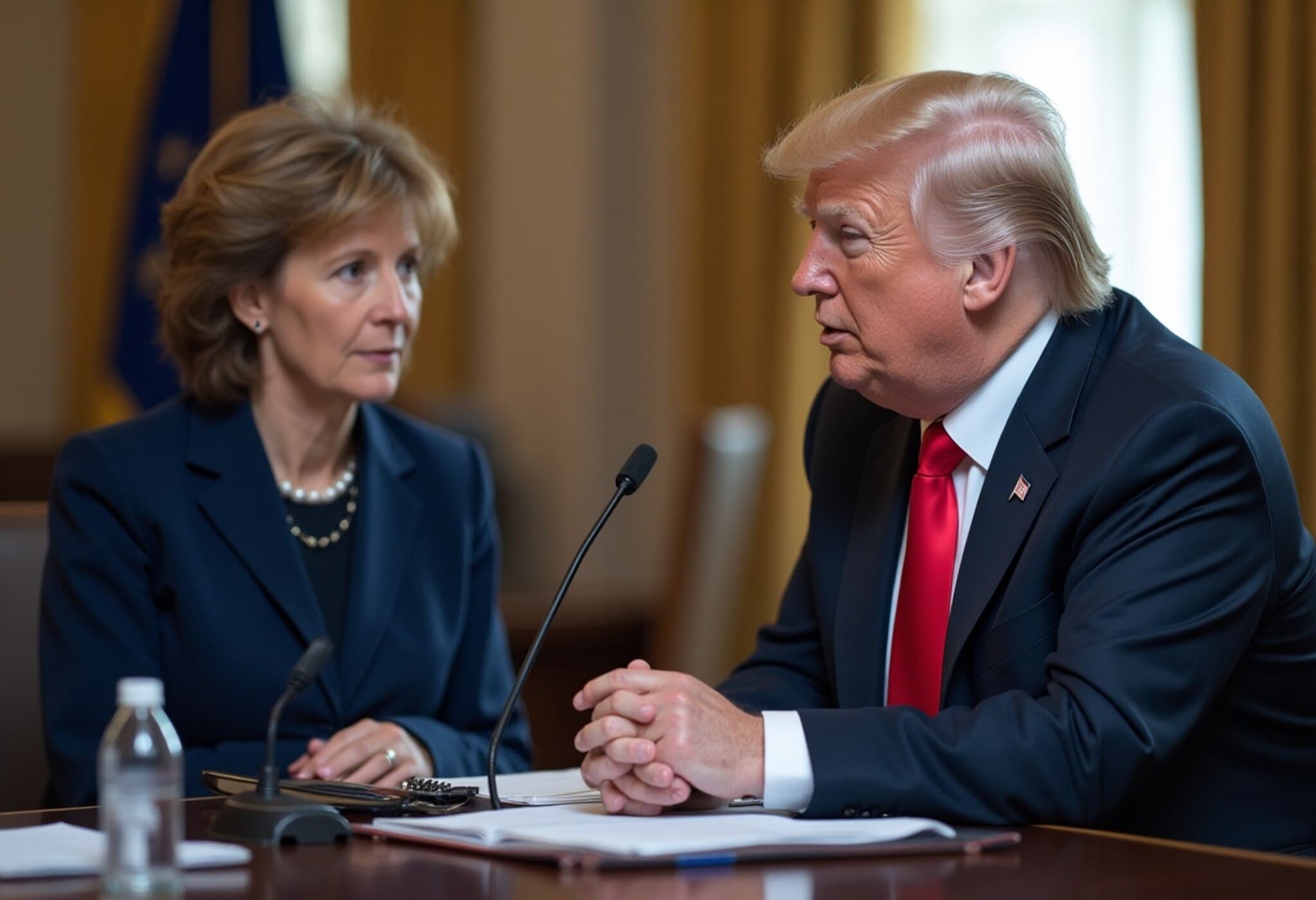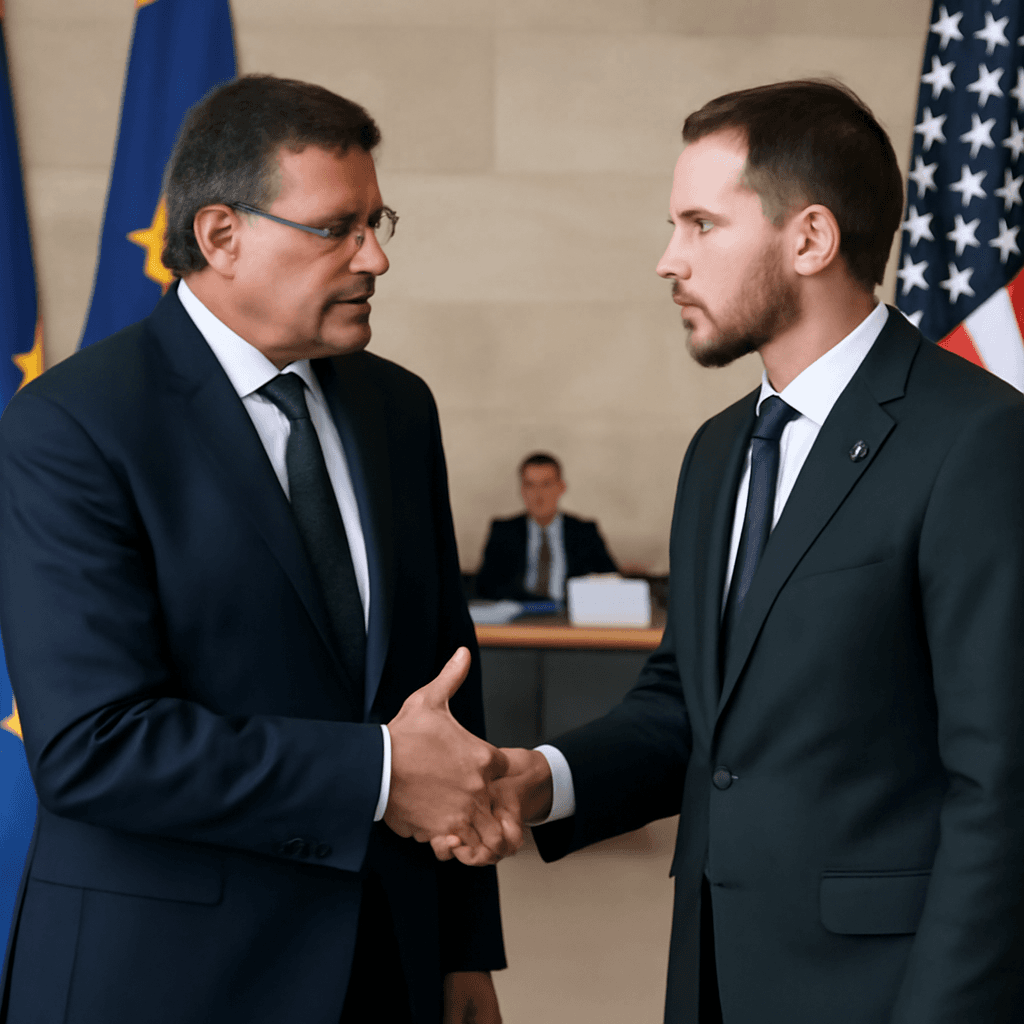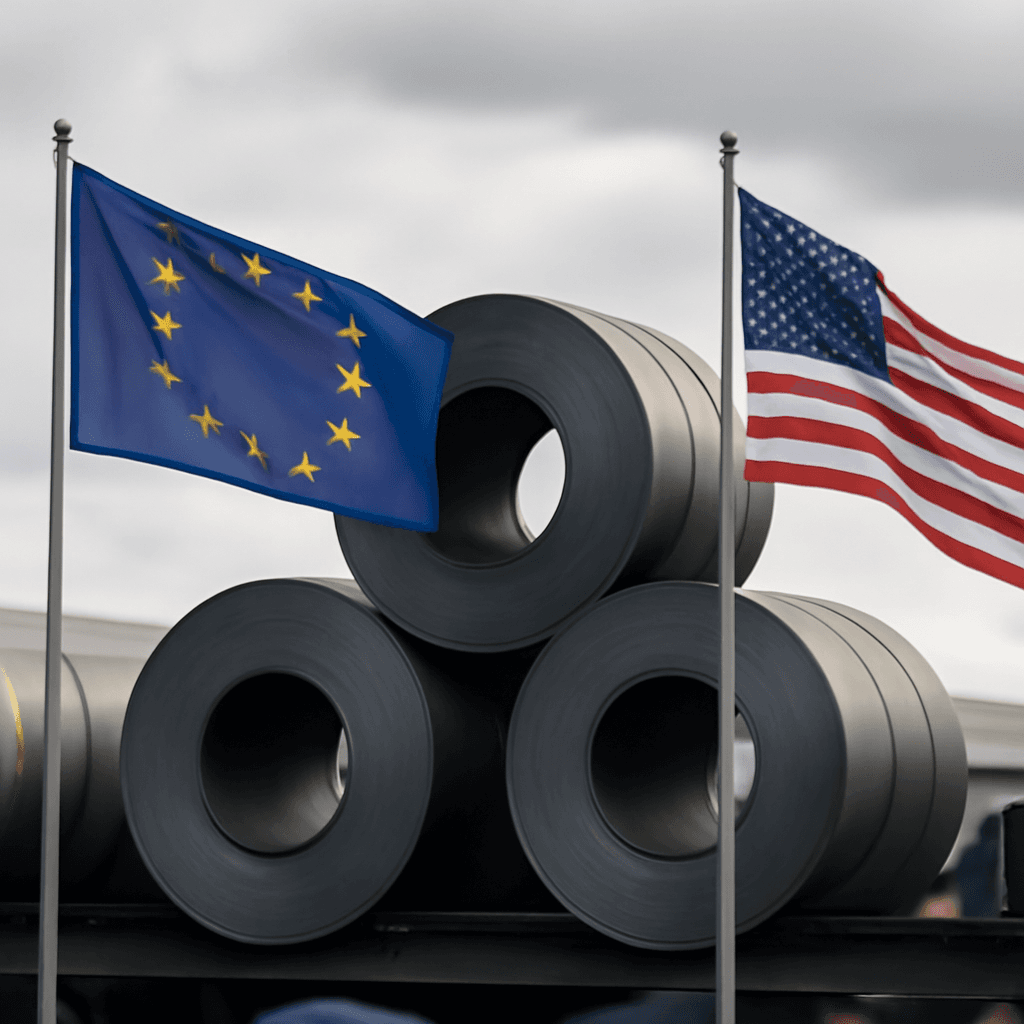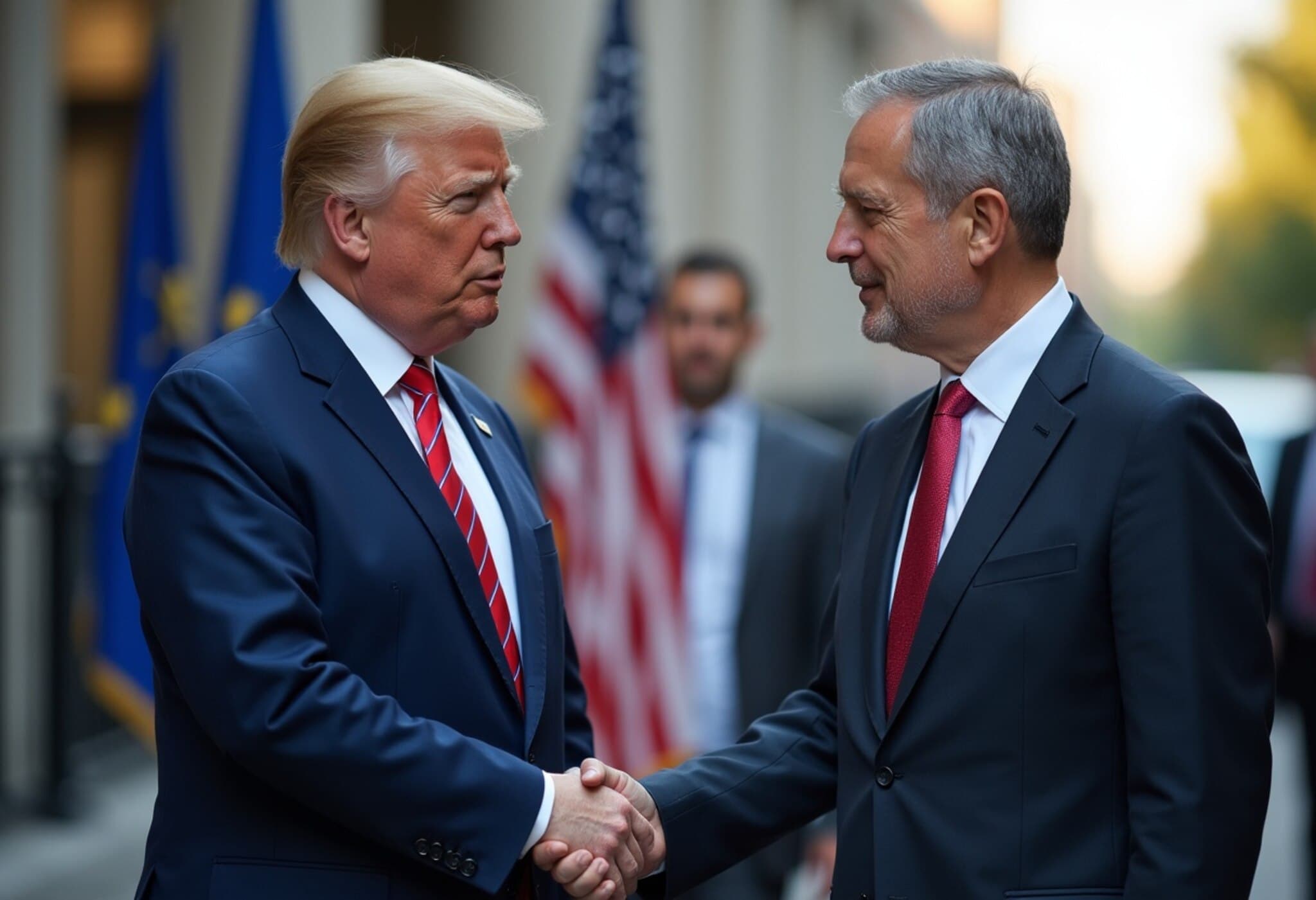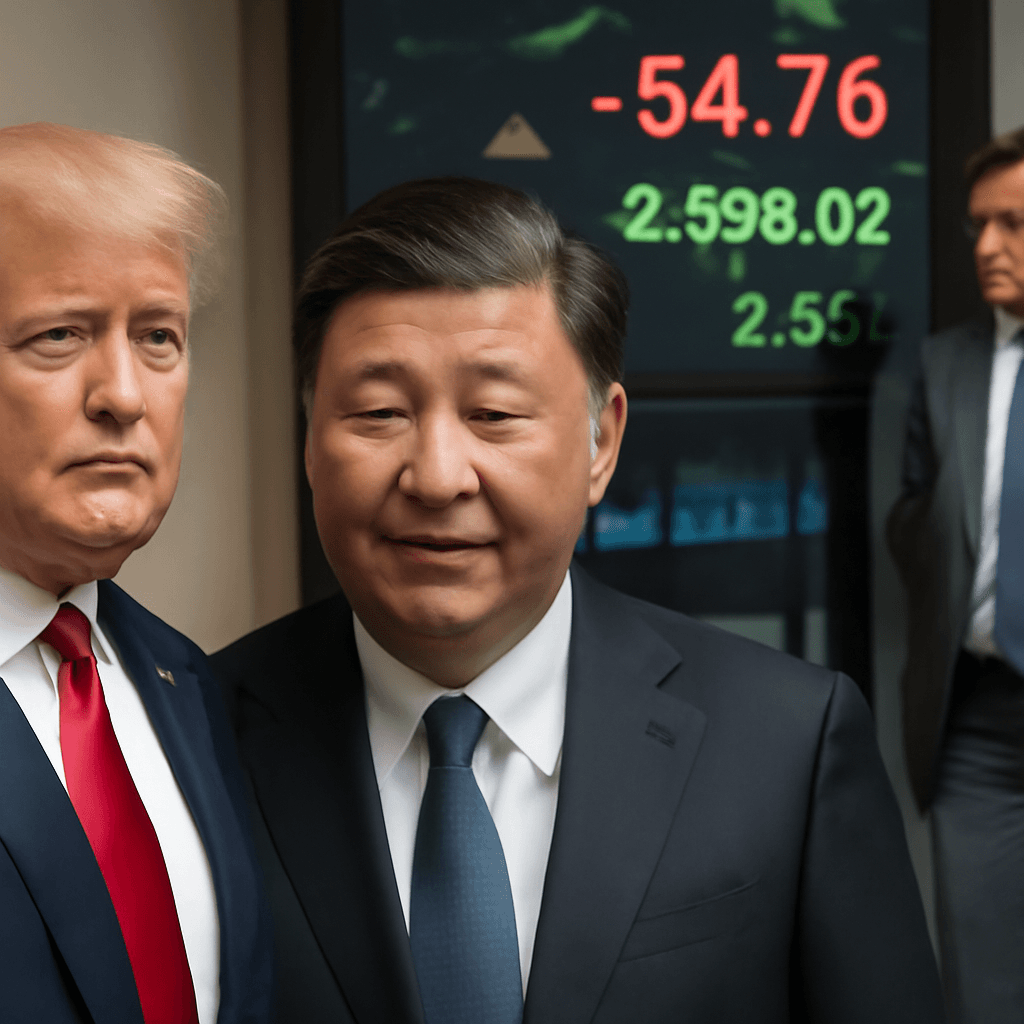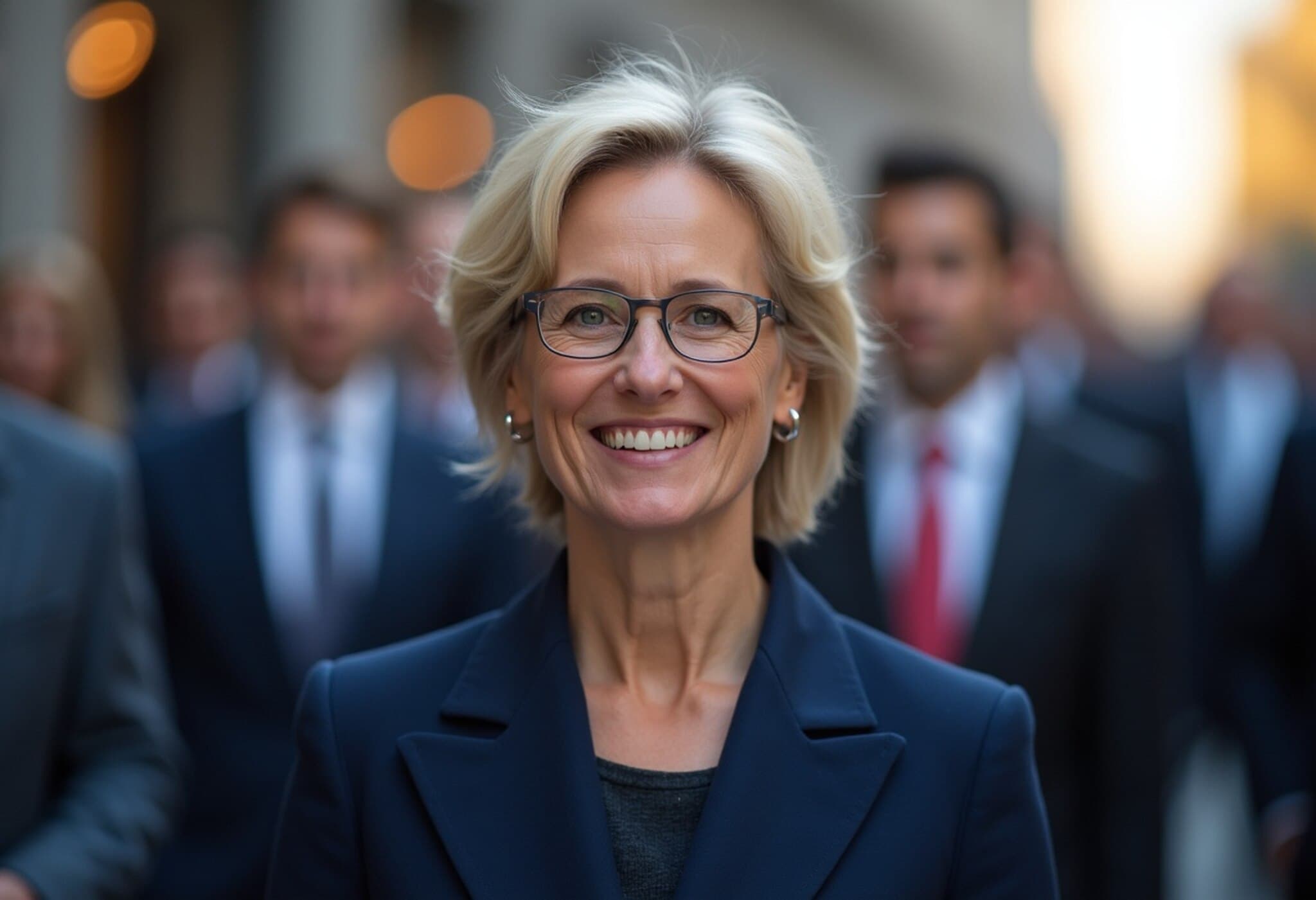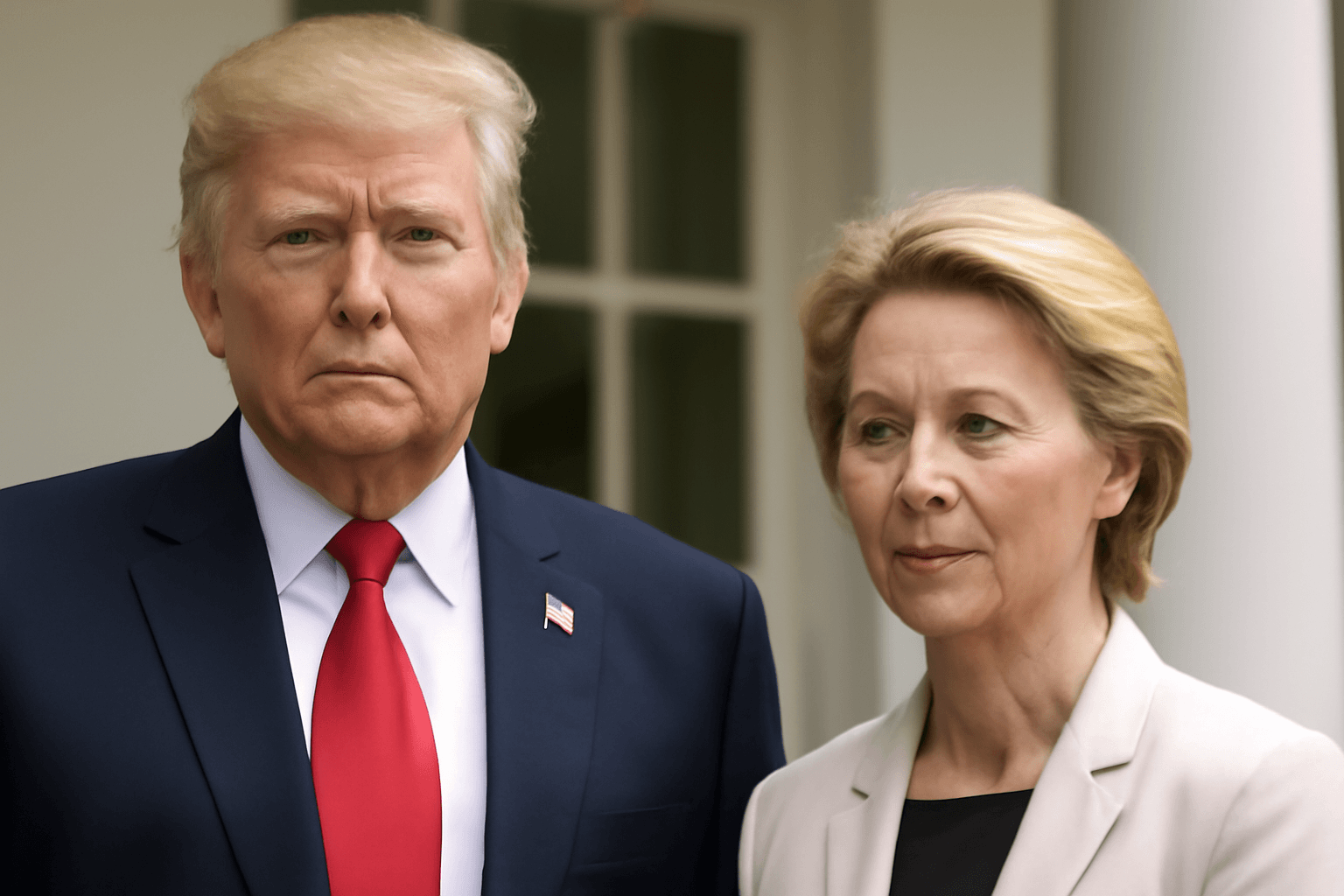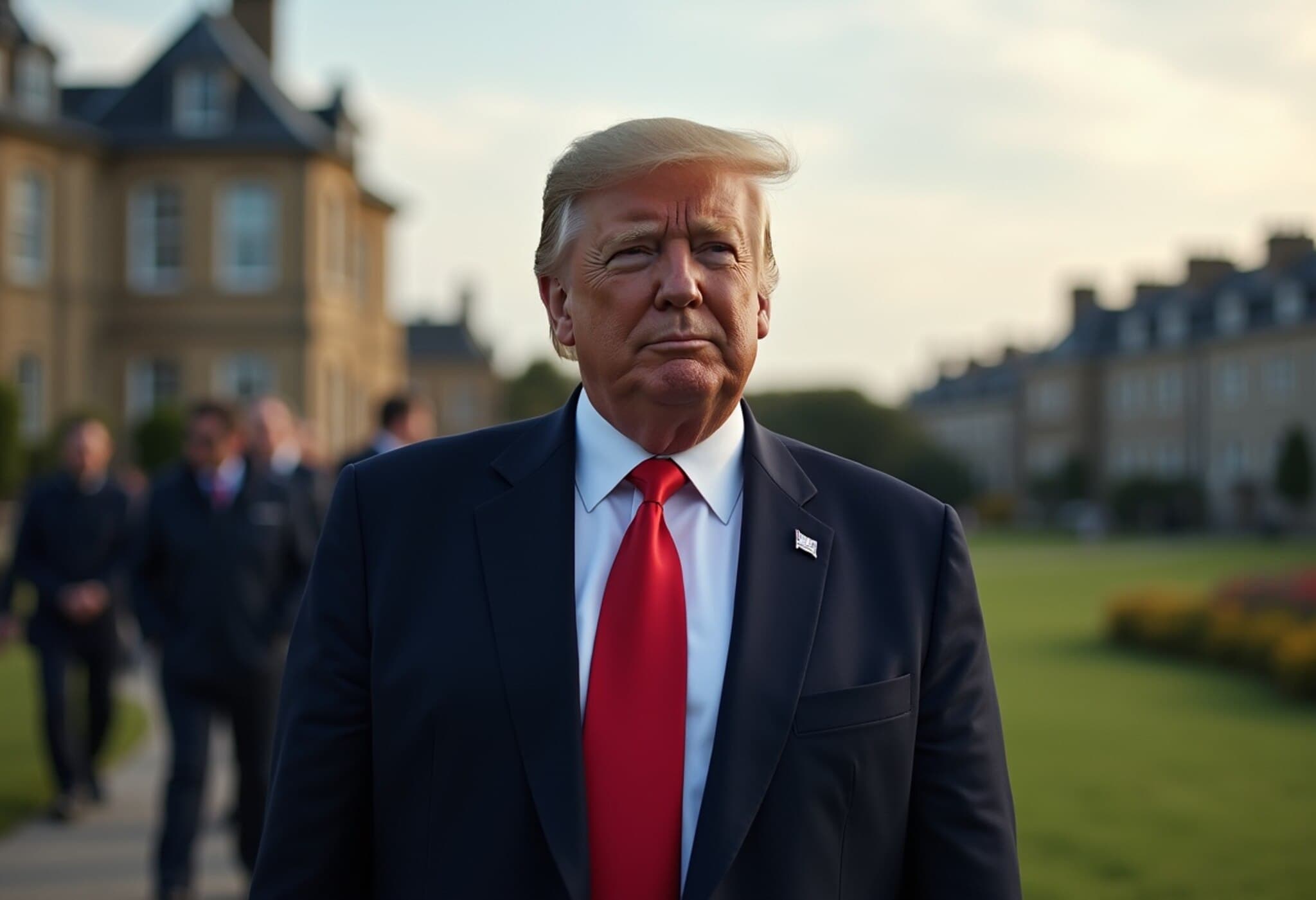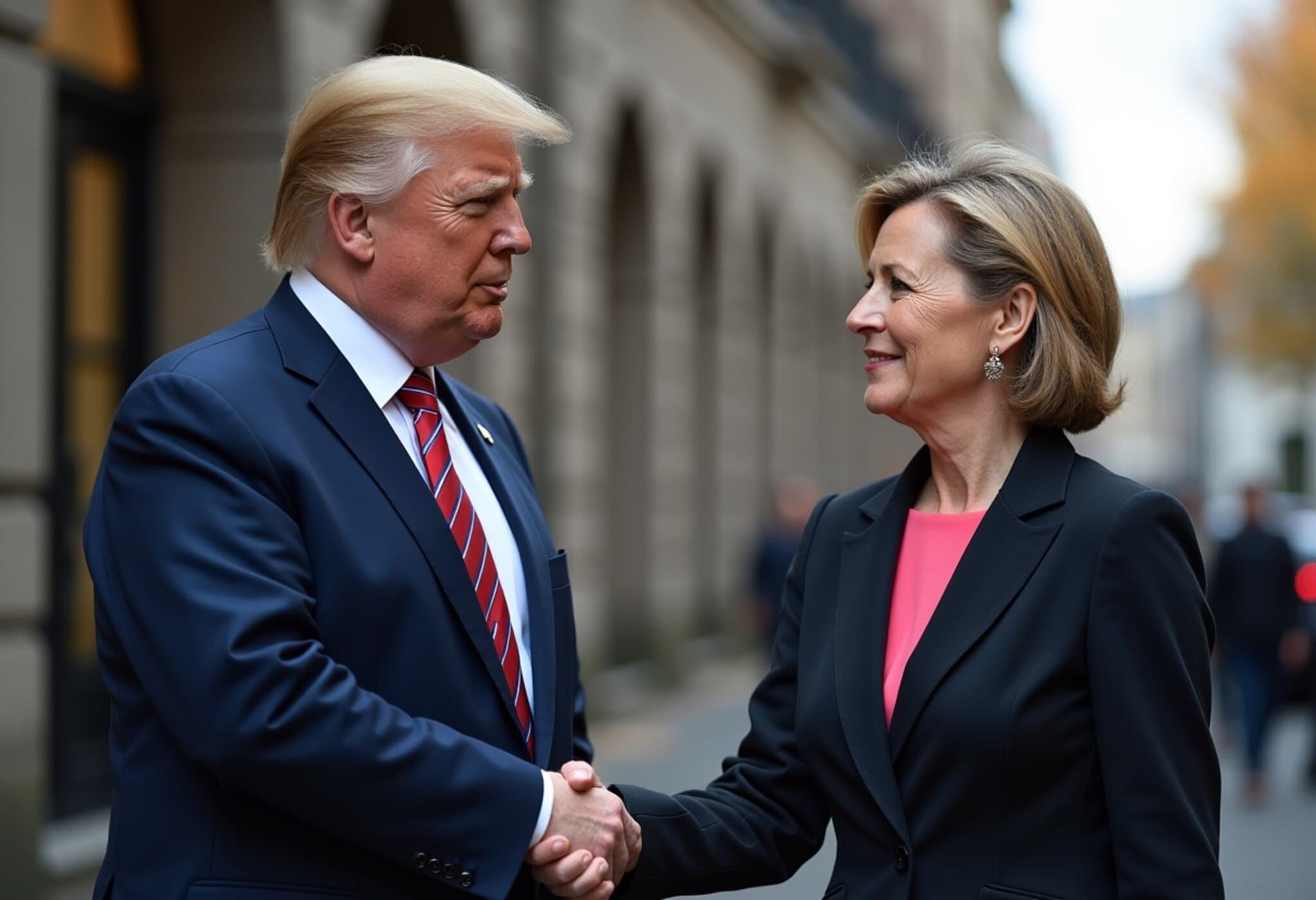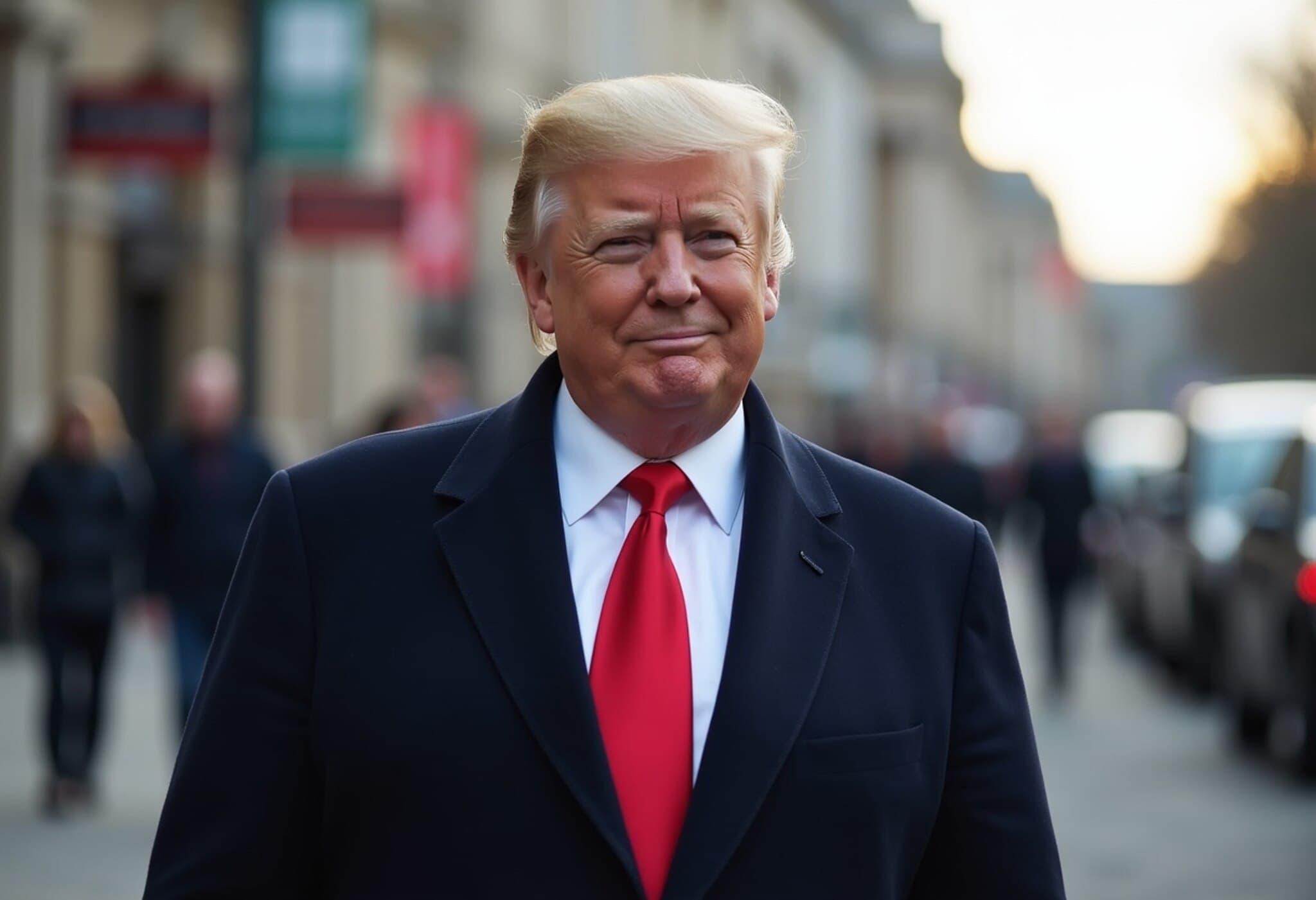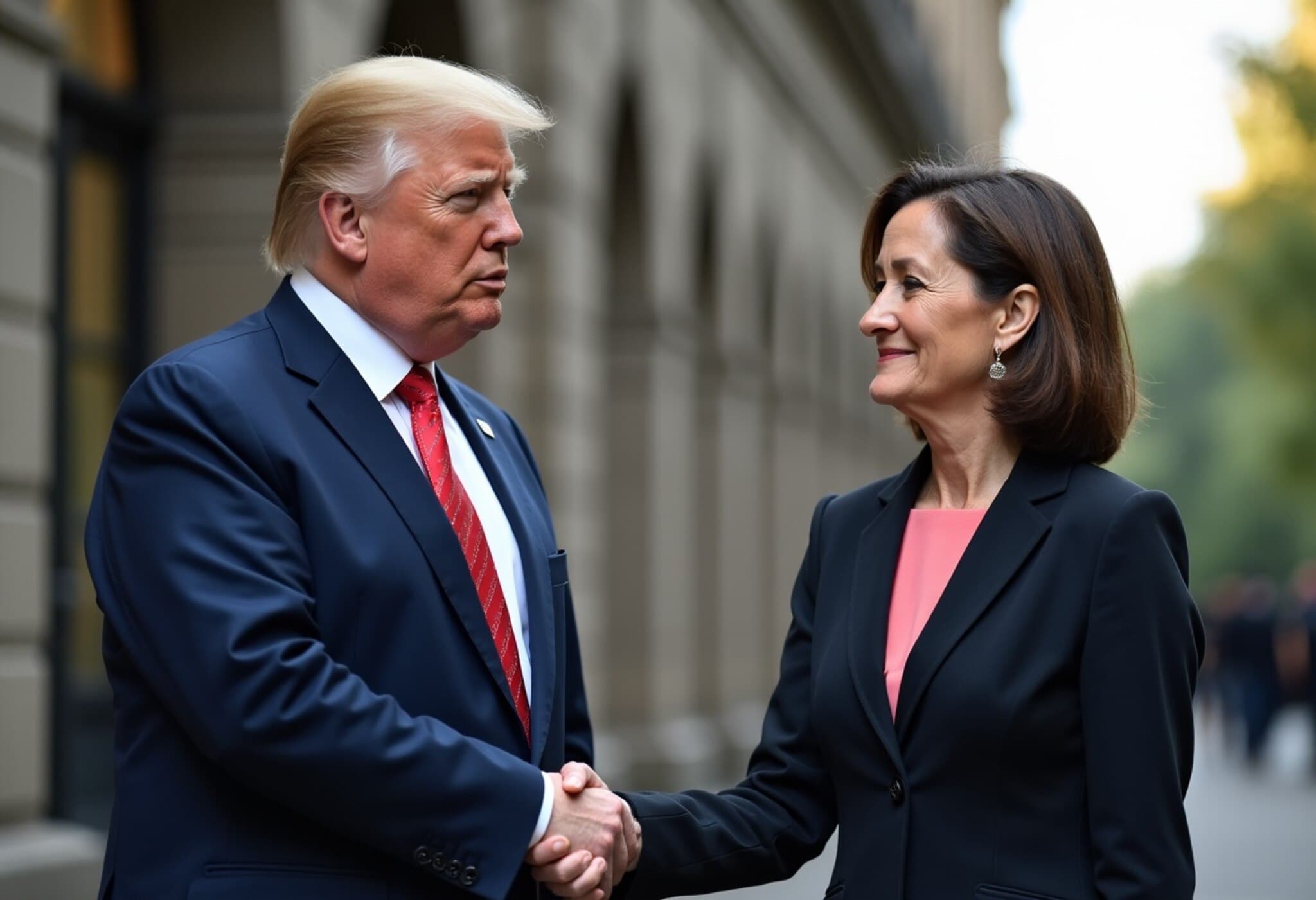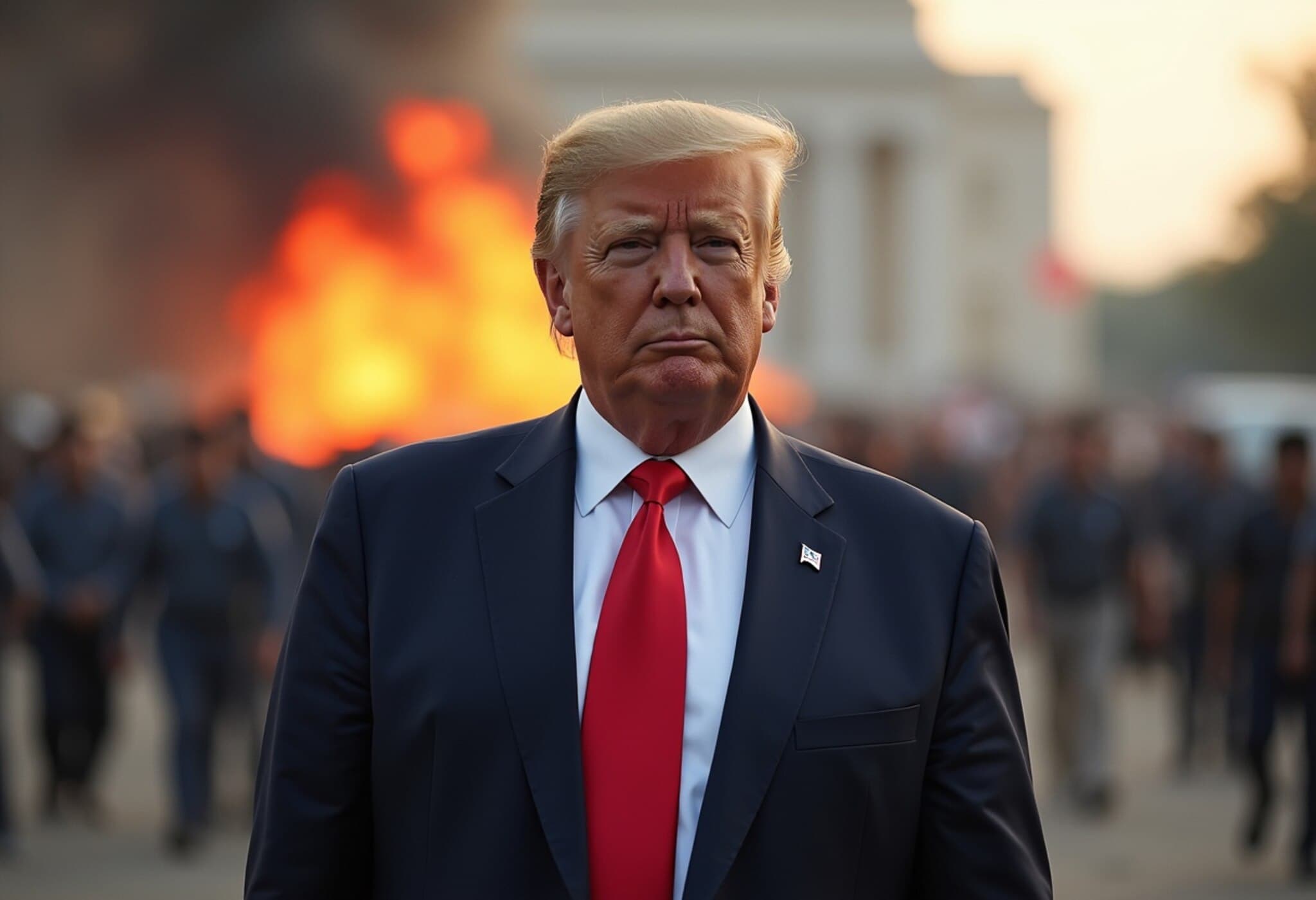EU Commission President Ursula von der Leyen Meets President Trump in Scotland
On a notably warm Saturday in Scotland, European Commission President Ursula von der Leyen arrived ahead of pivotal trade discussions with US President Donald Trump scheduled for Sunday afternoon. This meeting, set against the scenic backdrop of the Scottish countryside, marks a significant moment in EU-US relations as both sides edge closer to a major trade agreement that could redefine transatlantic commerce.
The Stakes: A Framework Trade Deal on the Horizon
Upon President Trump’s arrival on Friday evening for a golfing and bilateral engagement trip, he expressed optimism, describing von der Leyen as a “highly respected” partner. Trump reiterated his belief in a roughly 50-50 chance for securing a comprehensive framework trade pact with the European Union’s 27 member states. Echoing the urgency in Brussels, he noted that the EU was eager to "make a deal very badly." The prospective agreement, if finalized, would represent the largest trade deal of the Trump administration, outstripping even the $550 billion deal recently secured with Japan.
Unpacking the Potential Deal Terms
Details remain under tight wraps, as both the White House and European Commission have been circumspect on the specifics of the emerging agreement. However, European diplomats indicate that the pact may feature a 15% tariff on EU goods imported into the US, mirroring the tariff rate agreed upon in the US-Japan accord. This would be substantially lower than the 30% tariffs President Trump had initially threatened to impose on European goods starting August 1.
Sector-specific tariffs on steel and aluminum could see tariffs lowered to about 50%, reflecting ongoing trade tensions especially surrounding these industries. Yet, questions loom regarding the fate of tariffs on key sectors such as automobiles and pharmaceuticals, where negotiations are still unsettled.
The Broader Economic Context and Risks
The transatlantic economic relationship is pivotal: the EU and the US are each other’s largest trading partners when considering goods, services, and investment combined. The stakes could hardly be higher. The American Chamber of Commerce in Brussels issued a stark warning earlier this year, highlighting how any derailment in talks threatens nearly $9.5 trillion worth of business activity, underscoring how a trade war could ripple through global markets.
Amid this backdrop, the EU’s recent move to authorize counter-tariffs on 93 billion euros ($109 billion) worth of US imports acts as both a negotiation lever and a safety net should talks collapse—a hint at the fragile balance between diplomacy and economic pressure.
Expert Insights: Navigating Transatlantic Trade in a Fragile Era
Trade experts emphasize the complexity of blending economic interests with political realities. Dr. Evelyn Harris, a trade policy analyst at the Center for Transatlantic Relations, notes: "The EU-US trade relationship is more than just tariffs; it’s a test of political will and strategic alignment. A deal here symbolizes cooperation but demands careful balancing of protectionist impulses and global economic integration." Her perspective underscores the balancing act von der Leyen and Trump face, particularly as nationalist sentiments influence trade policies on both sides.
Moreover, with the 2025 midterms approaching in the US and increasing scrutiny of trade's impact on domestic industries, the outcome of these talks could also shape political narratives and influence future economic strategies globally.
Looking Ahead: What This Means for Global Trade
If successful, the pact would be a landmark in reshaping 21st-century trade, signaling a move towards pragmatic cooperation amidst a wave of protectionism worldwide. Yet, the absence of transparency around key issues—such as tariff exemptions for automobiles and pharmaceuticals—raises critical questions about the deal’s comprehensiveness and durability.
As negotiations unfold, stakeholders from multinational corporations to small exporters watch closely, aware that these outcomes will set precedents for international trade relations and economic stability.
Editor’s Note
This meeting between Ursula von der Leyen and Donald Trump exemplifies the delicate dance of diplomacy and economics in today’s turbulent global arena. While promising progress is on the horizon, careful scrutiny is essential—especially regarding tariff sectors excluded from talks and the long-term implications for industries and consumers on both sides of the Atlantic. For American businesses eyeing significant market access, and EU exporters wary of protectionism’s resurgence, the coming days are critical.
Critical questions remain: Will the proposed tariffs strike a fair balance between protectionism and free trade? How will political pressures shape the final agreement? And importantly, can this pact withstand future geopolitical upheavals? The world watches as Europe and the US navigate these pivotal trade waters.

